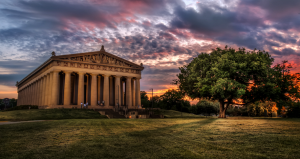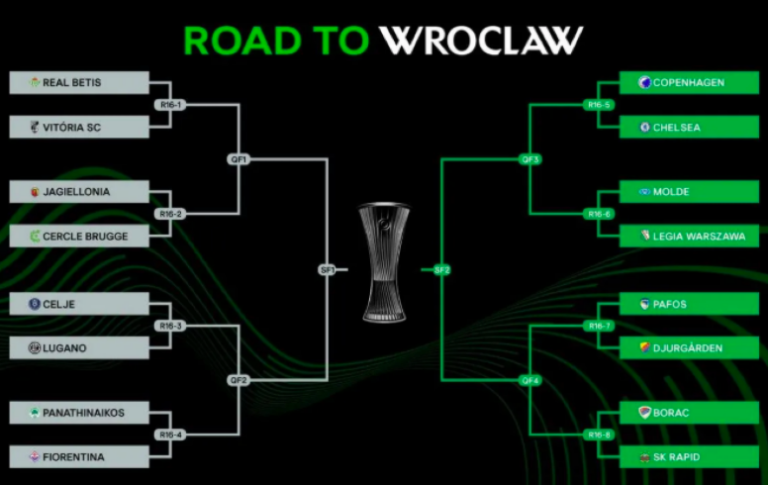Athens is home to the real Parthenon, however the architectural masterpiece has inspired architecture from around the world. The replica of the Parthenon in Nashville with its copy-cat design has become an iconic landmark in the city and is considered a must-see attraction in Nashville.
The construction dates back to 1897 as a focal point in Centennial Park.
The structure was created in 1897 as part of Tennessee’s Centennial Exposition.

Rather than be placed in the middle of a smog-filled city, it stands near Lake Watauga that serves to add a regal glow to the masterpiece.

The giant concrete pillars are representative of classical architect developed during the Golden Age of Athens in the 5th Century BC and has stood in the center of Athens for thousands of years despite being a little worse for trade. The Nashville Parthenon however did face some problems and needed to be rebuilt in 1929 as the first structure was deemed unsafe.

Not quite as exquisite as the structure by Ictinos and Callicrates with sculptures by Phidias but we’ll give them points for trying.

You may wonder why Nashville, the center of country music, would want to have a Parthenon. The reason is simple and has to do with Nashville being renowned as the ‘Athens of the West’ and ‘Athens of the South’ depending on where you are geographically. Considered one of the most well-educated cities around the United States, Nashville wanted to secure its position with this replica of the symbol of civilization.
After years of struggle and hardship following the U.S. Civil War, the Parthenon became a symbol for Nashville’s enlightenment.
The Parthenon of Nashville is home to an impressive art collection.

There’s even a replica of the Parthenon Marbles (in concrete rather than marble) that are like the ones Lord Elgin had removed from the Parthenon. The fact that they are all together gives a hint of how impressive the Parthenon would have been had the works of art not been taken from the original structure.



Ask me anything
Explore related questions






